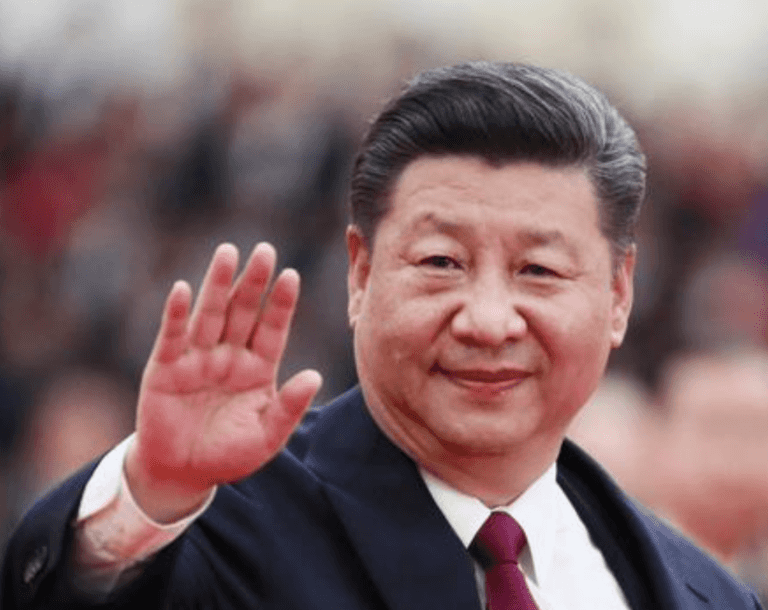
Since 1987, dozens of Chinese nationals who were allowed to work at a top U.S. nuclear research facilities have been recruited to help China develop new missile and drone capabilities, according to a new report.
A private intelligence firm called Strider Technologies published a new report this week called “The Los Alamos Club.” The report details how China began incentivizing Chinese scientists to seek work at the Los Alamos National Laboratory in the 1980s.
The report states that since 1987, 162 Chinese nationals who worked at the Los Alamos National Laboratory returned to China. Of that group, 59 were selected for China’s Thousand Talents Program — which recruits international experts to lend their expertise to China.
Among these Chinese scientists that have returned to work in China, Strider Technologies tracked down 15 Los Alamos alumni who went on to work at the Southern University of Science and Technology (SUSTech) in Shenzhen, China. SUSTech is involved in several projects with applications for China’s military, including hypersonic weapons, jet engines, “Deep-Penetrating Warheads” and unmanned aerial vehicles.
One of the Los Alamos alumni is Dr. Chen Shiyi. The report referred to Shiyi as a world-renowned expert in fluid dynamics and turbulence who has made major contributions to China’s hypersonic missile and aerodynamics programs.”
“[Shiyi] is a key figure in a [People’s Republic of China – PRC] defense innovation system intentionally designed to blur the lines between civilian and military research,” the report added.
The report identified Shiyi as “a central figure of the Los Alamos Club” at SUSTech who recruited other people with ties to the Los Alamos National Laboratory. Shiyi served as president of SUSTech between 2015 and 2020.
Shortly after being president of SUSTech, Yishi recruited one of his former Los Alamos colleague, Zhao Yusheng.
Yusheng had previously worked with the U.S. Department of Energy-Department of Defense partnership project called “Nanostructured Superhard Noses for Deep-Penetrating Warheads.” As part of his involvement in the project, Yusheng possessed a top secret DOE security clearance, known as a Q clearance.
The report states, “further review suggests that one of the 25 postdoctoral
researchers Zhao sponsored at Los Alamos, He Duanwei, likely leveraged or replicated Los Alamos research on materials for use in hypersonic, deep-earth penetrating warheads after he returned to the PRC in 2006.
Many Los Alamos alumni went to work with other Chinese military research efforts beyond SUSTech. According to the report, at least 13 participated in research sponsored by Chinese defense organizations including the Central Military Commission (CMC) and the State Administration of Science, Technology and Industry for National Defense (SASTIND). At least seven Los Alamos alumni also have ties to the Chinese Academy of Engineering Physics (CAEP), which is the primary research and development and production facility for the China’s nuclear weapons program.
Another Los Alamos alumni, He Guowei, is a key figure in China’s ongoing efforts to produce quieter, more stealthy submarines that can evade detection.
Los Alamos National Laboratories is just one place in the U.S. where Chinese government-sponsored researchers are getting experience before returning to China. Researchers with links to China have come under increasing scrutiny from U.S. national security officials in recent years, over concerns they are taking their research and know-how back with them to China.
Greg Levesque, Strider’s co-founder and the reports lead author, told NBC that the placement of Chinese researchers in U.S. institutions and their subsequent recruitment by China “poses a direct threat to U.S. national security.”
“China is playing a game that we are not prepared for, and we need to really begin to mobilize,” Levesque added.
0 comments :
Post a Comment